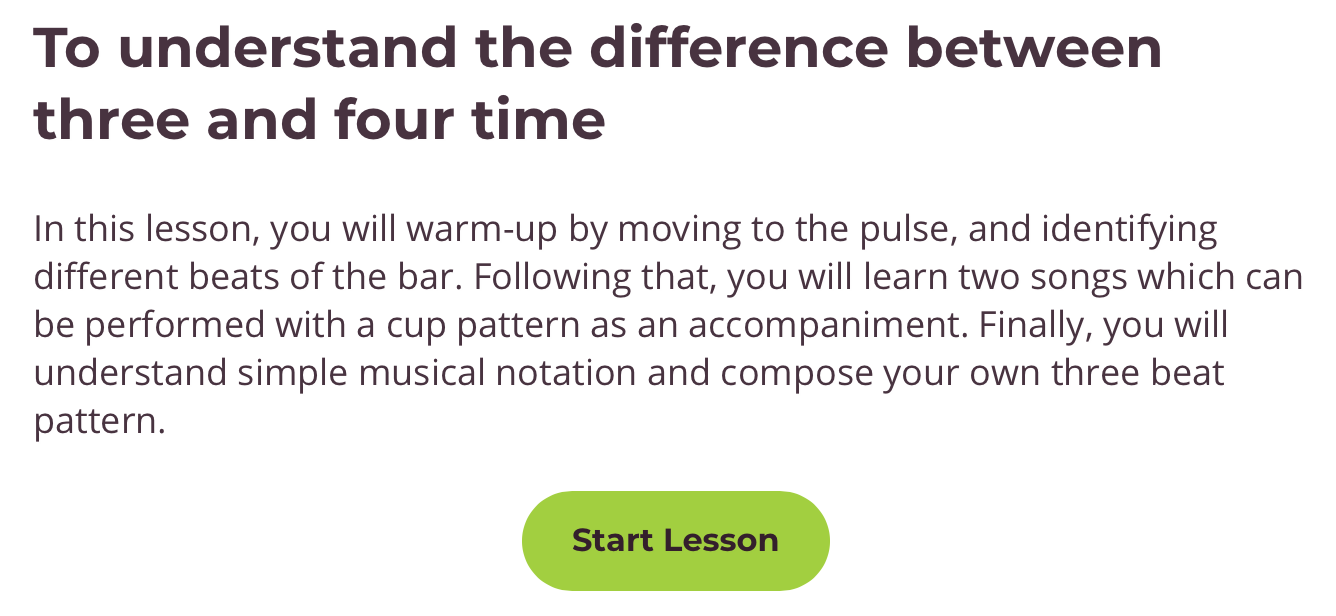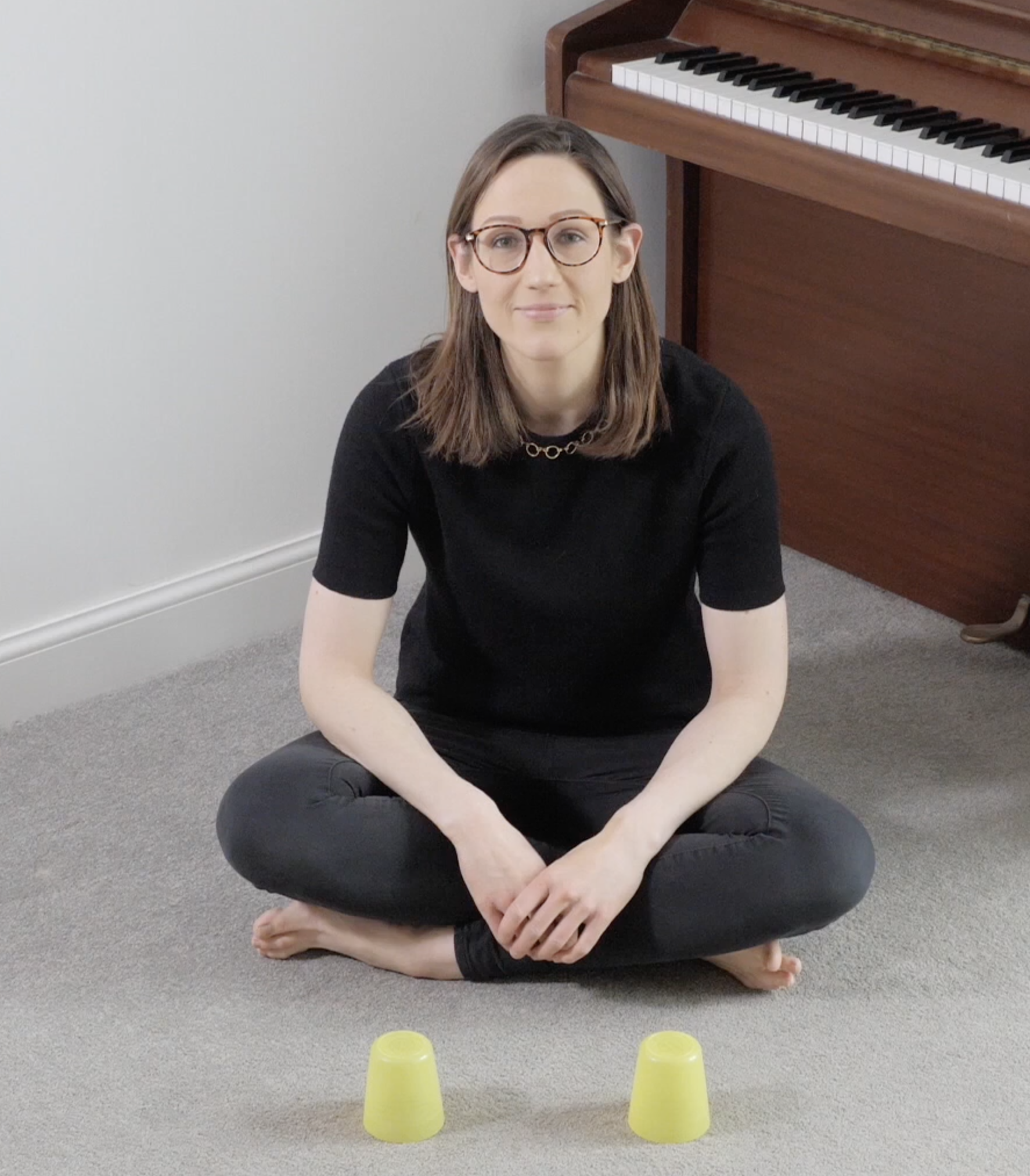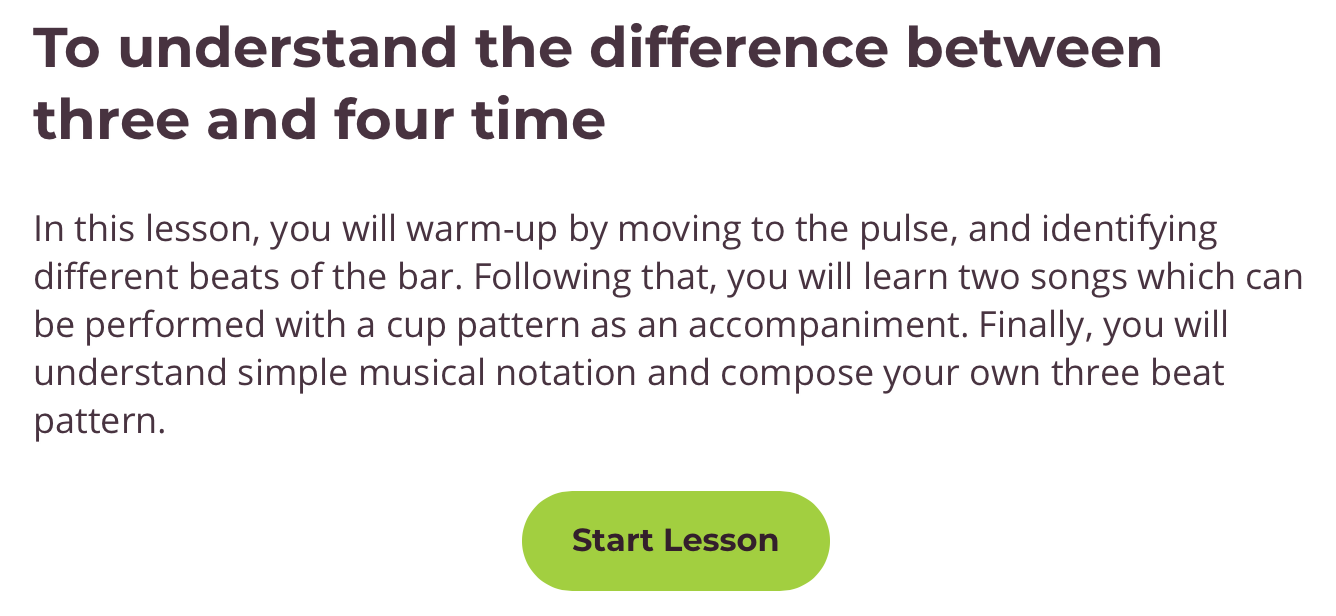Today, we are beginning a new musical topic all about pulse and metre.
For the lesson you will need
- a pen or pencil
- some paper,
- the worksheet
- two plastic cups (those ones from Ikea are perfect!).
We will also be using body percussion, so please bring lots of energy!
In our lesson today, we are going to:
- warm-up by moving to the pulse
- identify different beats of the bar
- learn two songs which can be performed with a cup pattern as an accompaniment
- understand simple musical notation and compose your own three beat pattern.
|
|
|
|
|
crotchet |
two quavers |
minim |
|
one beat |
two half beats |
two beats |
Remember:
- Rhythm is the pattern of sounds
- Pulse is the heartbeat of music
- Beat is the pulse of the music organised into bars (bricks in a wall)
- Metre is the grouping of pulse into strong and weak beats (defined by the time signature - 3 or 4 beats in a bar)
There is a two page worksheet to complete at the end of the lesson - click here on the
boxes below to see it. You might want to print it out (or write out the questions) before
you start so that you can answer the questions as you go:
 |
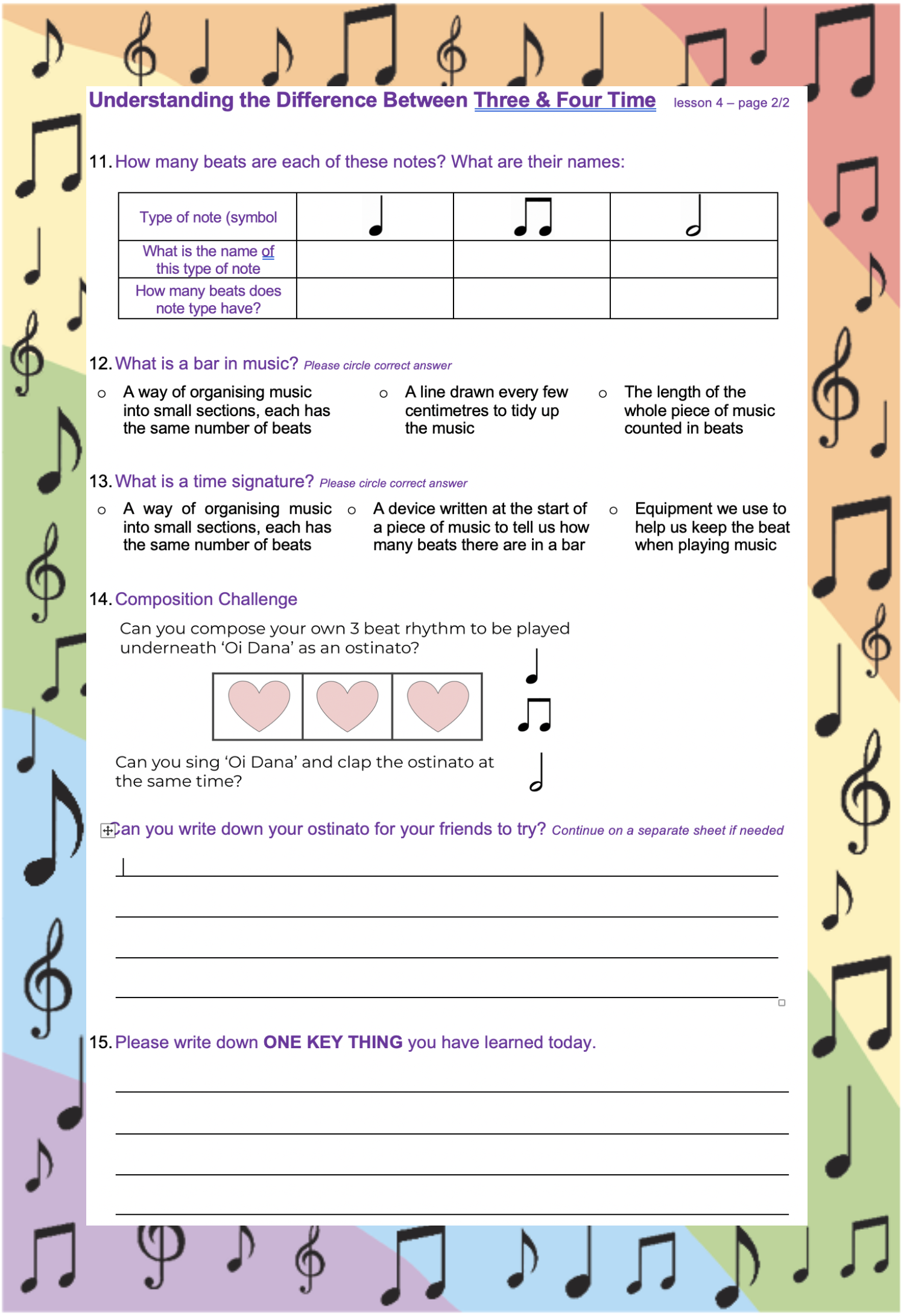 |
The Lesson Video
You are now ready to meet Miss Miner for the main part of our lesson.
We will be looking at:
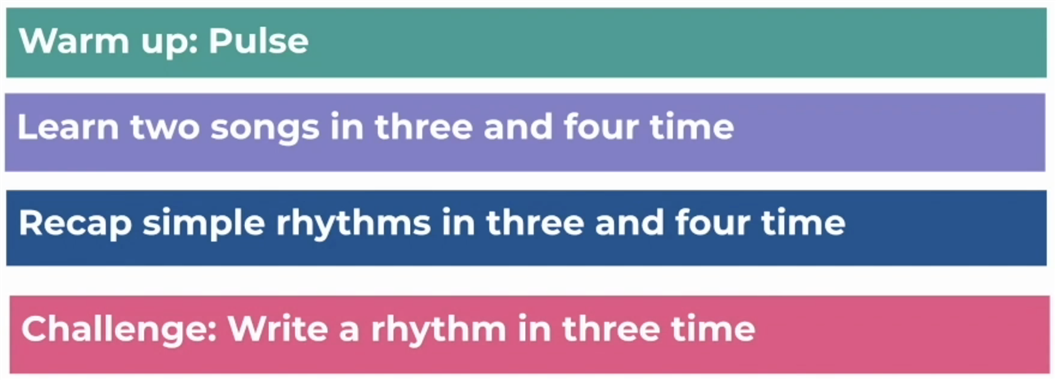
Before you start the lesson, please read through the instructions on the page,
as there are a few things to do. Please use this page as your reference document.
When you have learned to sing 'Chumbara' and perform the body percussion,
we will be learning a cup pattern. When you see this screen:
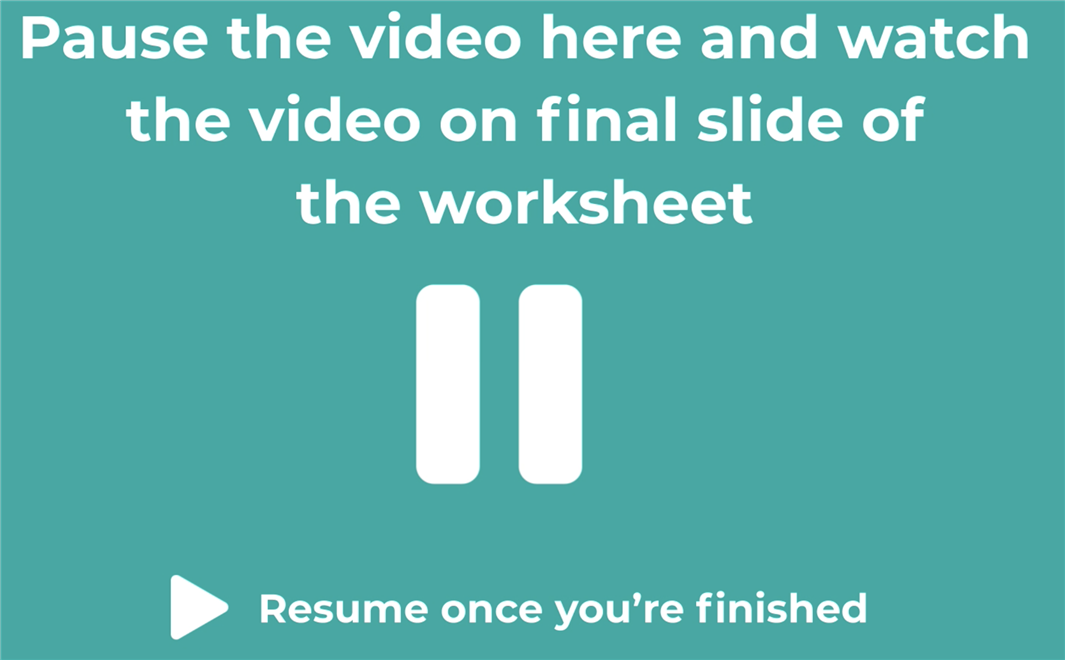
please leave the video and click on the picture below, which will teach you
the cup pattern. Can you sing at the same time?
It should still be open in another window:
That is the end of our first lesson about pulse, note values and using rhythms.
I hope you enjoyed it!
That was a lot to learn! Could you explain metre, ostinato and time signature
to a spaceman?
Once you have watched the videos and taken part in all of the activities, please
make sure that you have completed the two page worksheet.
Please give in your completed worksheet to your class teacher for me.
I am looking forward to reading your answers.
See you next time!
Mrs Sumner
Thank you to the wonderful people at the Oak National Academy for sharing this lesson with us.
Autumn Term 2025
Fun, Inspiring (and often quite loud!) Music Lessons for Home School Hubs and Primary Schools
Specialising in:
- Primary Music Curriculum provision
- Whole Class Instrumental teaching
- Includes free use of instruments!
07941 282311
In association with
Little Strummers
"I found it very interesting and I thought that children learned about rhythm, by using body percussion without even realising that they were in a lesson, because it was so much fun for them!"
"I would highly recommend it!"
"I thought the song was lovely - there was a nice mix of playing the bowls, clapping, singing and actions. The whole idea of kitchen percussion is a brilliant one for lockdown but good in usual times too."
"The level of what you did/taught was perfect for their age and similar to things they do at school."
"The children all thoroughly enjoyed the session and were engaged throughout. They enjoyed having the opportunity to hold their own ukulele and learn to play along to some simple songs."
"The session was delivered brilliantly and the different stages were broken down into small sections to allow all children to participate."

